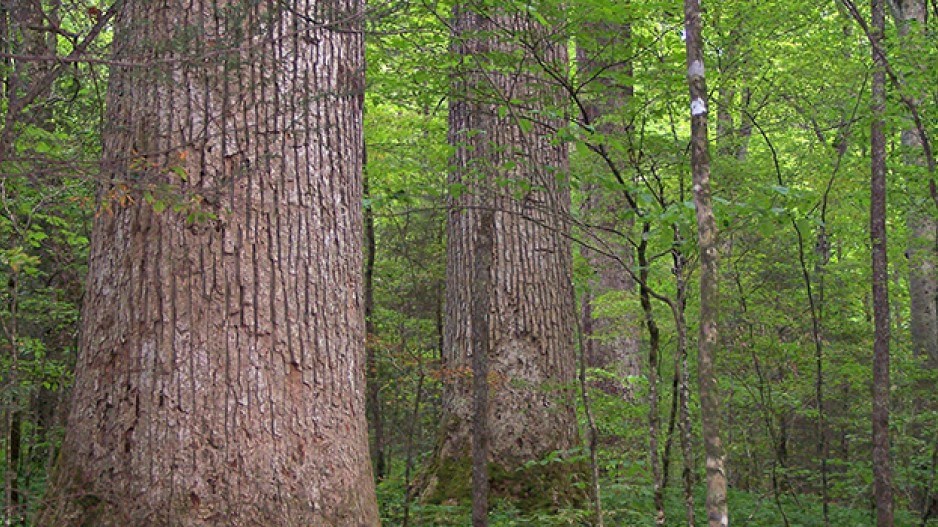What happens when you chop down a genetically engineered tree?
It grows right back — at least in the case of a species modified by University of B.C. researchers who designed trees that are easier to break down into biofuel and pulp.
“These new technologies, while controversial, have a potential to really leave our pristine, native forests alone and have dedicated forests for applications that don’t cause as many environmental issues,” said UBC wood science professor Shawn Mansfield, who spent a decade working on this project with researchers from the University of Wisconsin-Madison and Michigan State University.
The team took aim at the lignin polymer, which is commonly found in wood and must be removed from trees when processing pulp, paper and biofuel.
Researchers modified the poplar’s genes to make the lignin easier to break down during processing while not affecting the tree’s strength.
Mansfield said the trees require fewer chemicals during processing while less energy is consumed.
“It’s really important to think about the environmental footprint that we’re placing on society,” he said, adding the trees were also designed to sprout back up once they’re chopped down.
“Society has to be ready to accept trees or plants designed for (these) applications.”
Nigel Protter, executive director of the B.C. Sustainable Energy Association, said he understands the concerns of those fearful the introduction of this species could have unexpected consequences on the environment.
“I would certainly like to see this kind of research continue, but reasonably, carefully, responsibly,” he said, adding the BCSEA hasn’t taken an official position on genetically engineered trees.
“We need more bullets in our gun to solve the climate change problem, so we can’t dismiss efforts like this even though they might appear high-risk — and I’m not saying it is high-risk.”
Mansfield said he’s confident these trees are viable for commercial use, especially since the team chose to modify poplar trees that can be grown virtually anywhere in Canada.




